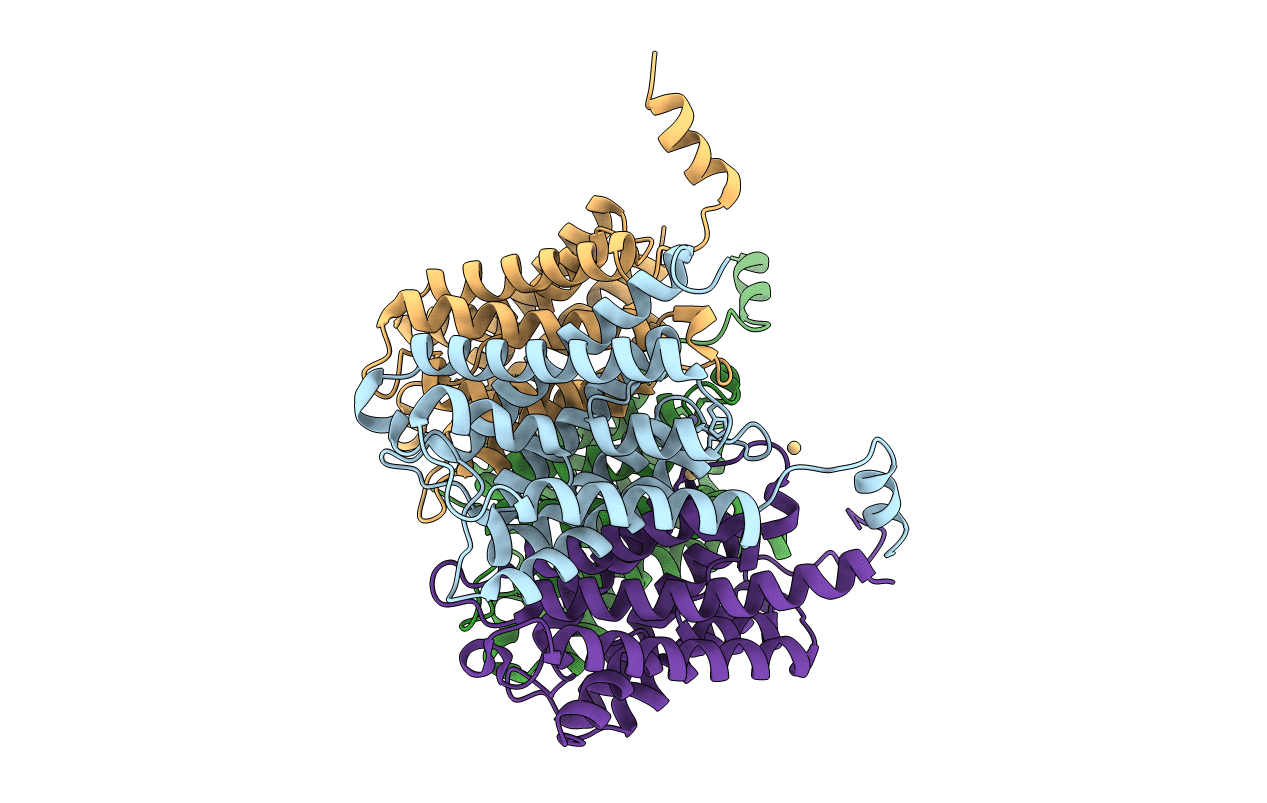
Deposition Date
2013-10-29
Release Date
2014-04-16
Last Version Date
2024-11-13
Method Details:
Experimental Method:
Resolution:
2.75 Å
R-Value Free:
0.22
R-Value Work:
0.20
R-Value Observed:
0.20
Space Group:
P 42


